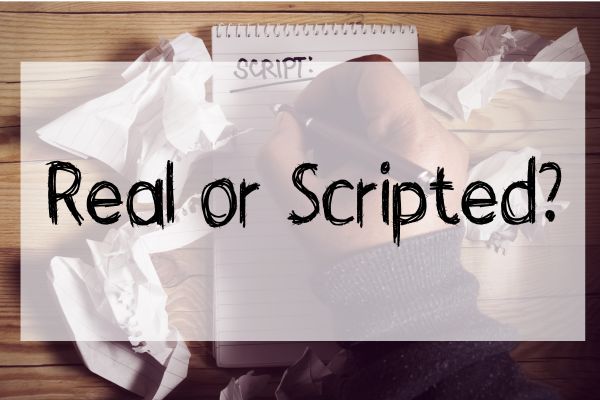
Real or Scripted? 5 Ways Found Footage Films Blur the Lines
Found footage films are the sneaky magicians of the horror genre. They blur the lines between reality and fiction so well that you’re left wondering if you just watched a movie or stumbled upon someone’s last known recording. Here are five ways these films masterfully make you question what’s real and what’s scripted.

1. Amateur Acting: So Bad, It’s Good
One of the most effective tricks in the found footage playbook is using amateur actors. Their performances can be delightfully rough around the edges, making everything feel unscripted. The awkward pauses, the stuttering, the genuine fear in their eyes—it all screams, “This could be real!” When the acting is so bad it’s good, you start to believe these people are actual victims, not just actors waiting for their big break.
2. Shaky Cam: The Seasickness of Horror
Who knew a little camera shake could turn your stomach into knots? The shaky cam technique is a staple of found footage, giving it that raw, unpolished feel. It’s like watching your friend’s homemade horror movie, only way scarier. This constant motion makes the footage seem like it was captured in the heat of the moment rather than meticulously planned out. Plus, nothing says “authentic” like the occasional blurry close-up of someone’s nostrils.
3. Improvisation: The Script is Just a Suggestion
Found footage films often rely on improvisation to keep things fresh and spontaneous. Instead of following a strict script, actors are given outlines and encouraged to react naturally. This method can lead to some genuinely unexpected and terrifying moments. It’s like watching a horror-themed episode of "Whose Line Is It Anyway?"—you never know what’s going to happen next, and that unpredictability keeps you on edge.
4. Real Locations: Haunted Houses on a Budget
Forget elaborate sets and CGI—found footage films thrive in real-world locations. Whether it’s a creepy old house, an abandoned asylum, or the middle of the woods, these settings add an extra layer of believability. When the environment looks like somewhere you could actually visit (or get lost in), it’s easier to buy into the story. Plus, shooting on location saves money, and we all know the scariest monsters are the ones created on a shoestring budget.
5. Viral Marketing: Turning Fiction into Fact
The marketing for found footage films often blurs the lines between reality and fiction even before you see the movie. Remember the "The Blair Witch Project"? Its campaign included fake documentaries, missing person posters, and a website that treated the story as real. This viral marketing strategy makes the film feel like a genuine mystery that you’re uncovering. It’s like ARGs (Alternate Reality Games) before they were cool, tricking audiences into thinking, “Could this actually have happened?”
The Art of the Blur
Found footage films are experts at making you question reality. With amateur acting, shaky cams, improvisation, real locations, and clever marketing, they create a sense of authenticity that traditional films can’t match. So next time you watch one of these terrifying tapes, remember: the line between real and scripted is thin, and that’s exactly how they like it.

